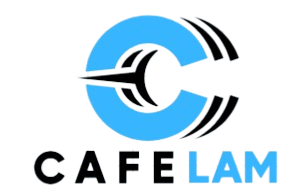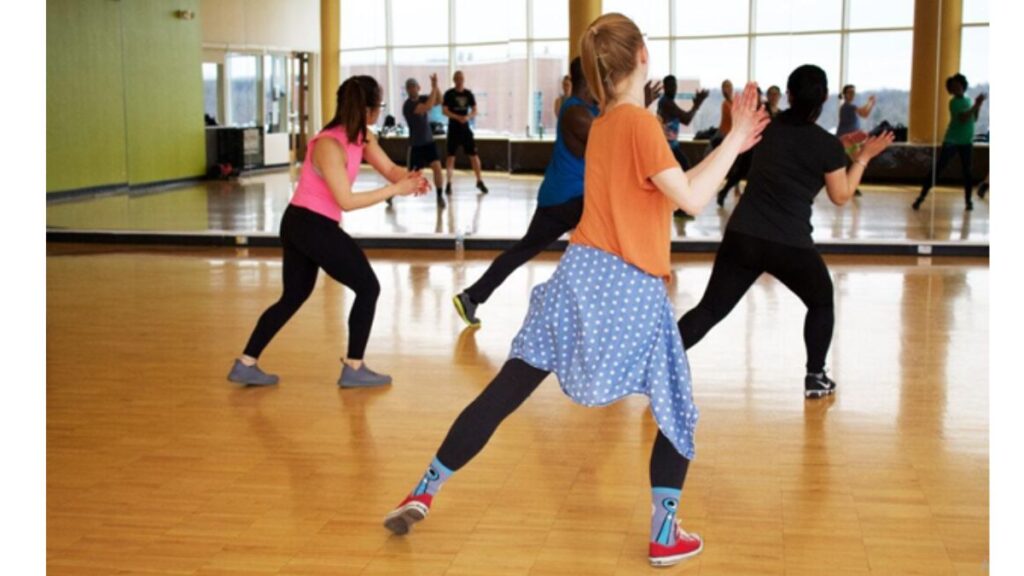Designing the perfect dance floor is more than just setting up a space for people to move around. It’s about creating an environment that feels welcoming, functional, and fun. Whether it’s for a wedding, a nightclub, or a special event, the design of the dance floor can set the tone for the entire evening.
Imagine the excitement of the crowd, the lights flickering as the music plays, and the space transforming into the heart of the event. If you’ve ever wondered how dance floors are designed to combine style and functionality, you’re in the right place. Let’s explore how you can make the perfect dance floor for any occasion.
What Makes a Great Dance Floor?
When designing a dance floor, it’s essential to focus on both form and function. The floor needs to be comfortable to dance on, safe for guests, and visually appealing. If the floor isn’t functional, people will hesitate to step on it.
If it’s not stylish, it can detract from the overall atmosphere. So, how do you achieve the perfect balance? First, the size of the dance floor is crucial.
If it’s too small, it can feel crowded and uncomfortable. On the other hand, a dance floor that’s too large can make the space feel empty and disconnected from the rest of the event.
A great dance floor has just the right amount of space for guests to enjoy themselves without feeling cramped. The material you choose is also important. Many dance floors use wood, but vinyl, LED panels, and polished concrete are popular too.
Each material offers unique benefits. Some provide a smooth surface for dancing, while others add a touch of luxury. The right material will depend on your event’s style and the vibe you want.
The Functionality of a Dance Floor
A dance floor should do more than just look good. It must be functional. If the floor isn’t safe or comfortable, guests won’t enjoy the event. The surface needs enough grip for dancers, especially during quick or complex moves.
Slippery floors can cause accidents, so a non-slip surface is crucial. Footwear type is another factor. High heels, boots, or casual shoes create different needs for the surface. The dance floor must be sturdy enough to support the weight and movement of various footwear.
Maintenance is also important. A floor that gets dirty quickly or is tough to clean can distract from the event. Choose a material that is easy to clean, especially for high-energy events where spills are common.
Lastly, the dance floor’s location matters. It should promote flow and interaction while being easy to access from areas like the bar or dining tables. The dance floor should feel like a centerpiece, inviting guests to join in and dance.
Adding Style to Your Dance Floor
Functionality matters, but the dance floor’s style leaves a lasting impression. It acts as the canvas for the night and sets the event’s tone. Lighting is key to the dance floor’s style. Colored lights create a fun vibe, while softer lighting adds intimacy and elegance.
LED dance floors, which light up in various colors or patterns, are popular for modern events. They bring excitement and engage guests. Custom designs or logos are another stylish option.
For weddings, consider a monogram or initials in the center. For corporate events or parties, custom logos or fun patterns can personalize the space. These custom dance floors reflect the theme, whether it’s a black-tie gala, a casual beach party, or a themed birthday.
The dance floor’s color also shapes the overall design. A black or white dance floor offers a sleek look, while wooden or patterned floors add a rustic feel. Choose colors that match the décor for a unified appearance.
Enhancing the Dance Floor with Surrounding Elements
A dance floor is more than just a surface. The elements around it create the right atmosphere. Surrounding furniture, like lounge areas or cocktail tables, changes how the space feels. These spots should encourage guests to mingle and offer a break from dancing.
Music plays a key role, and the type of music and how it’s delivered affect guest interactions on the dance floor. A good sound system fills the area with music, motivating guests to dance. The DJ or live band should be positioned for easy engagement, keeping guests connected to the music.
The event’s theme shows in the décor around the dance floor. A vintage wedding might feature fairy lights or chandeliers above. A modern corporate event could showcase sleek furniture. Floral arrangements, drapes, or hanging greenery help blend the dance floor into the overall event design.
Creating a Memorable Experience
At the end of the day, the goal of any dance floor design is to create a memorable experience for your guests. Whether it’s a lively wedding reception, a corporate celebration, or a private party, the design of the dance floor’s plays a huge role in setting the atmosphere.
A great dance floor’s doesn’t just give guests a place to dance- it becomes part of the event itself. The lighting, colors, music, and surrounding elements all come together to make the experience more enjoyable.
Whether it’s a sleek Marley floor for a professional look or a custom-lit floor for a more festive vibe, the design will make a big impact. When the design is done right, the dance floor’s can turn into the center of attention, bringing people together and creating lasting memories.
The Perfect Dance Floor Awaits You
Designing a dance floor’s may seem like a simple task, but when done right, it can completely transform the atmosphere of your event. It’s about finding the perfect balance between functionality and style, ensuring that the space not only looks good but also serves its purpose.
Whether you’re hosting a wedding, corporate event, or party, the right dance floor’s can make all the difference. So, are you ready to design the perfect dance floor’s for your next big event?
For more on this content, visit the rest of our blog!







